Home Recording Studio
|
Here's my home recording studio... um.... no studio.. just an area of my living room / dining room. As
you can see there's plenty of room left for living and dining. You can read my equipment list below
but it's pretty simple and basic. I also list a recording procedure below. Also see my page on the Yamaha AW2400
for some updates on my setup.
I bought the Yamaha AW-1600 in early 2006 and it is amazing. The reason I got this is the 24 bit recording ability and Yamaha's reputation for quality. I am using it with a drum machine, Shure SM-57 mic and the free Behrenger mic that came with it at the time. Everything works just as advertised. I have made 34 steel guitar sound samples for web site posting and 4 complete songs. I've been able to edit extensively without resorting to any exporting to a PC. The mastering tools are great and the effects are high quality enough that I haven't had to bother patching in my external effects unit. Mastering a CD is a snap! Weakest link is some noise on the pre-amps but that was solved by feeding the mics into a Yamaha MG10/2 mixer (only $100) which has a lot of gain and inaudible white noise. I did look at Boss (nice but I wanted 24 bit recording and did not need all the drum stuff and amp models), Korg (did not have as easy interface to PC and operating system was not as flexible), Tascam (nice products but yamaha had better reviews on most sites). This unit has EQ/Dynamics/Comprression on ALL inputs, Track channels and the bus. Either internal effects unit can be inserted in line either at the input or track channels or used as a send/return. You can record dry, record with effects, or record dry and bounce to a new channel with internal effects, then back to the old channel again. Look at the block diagram and you will see how flexible and well thought out this unit is.
|
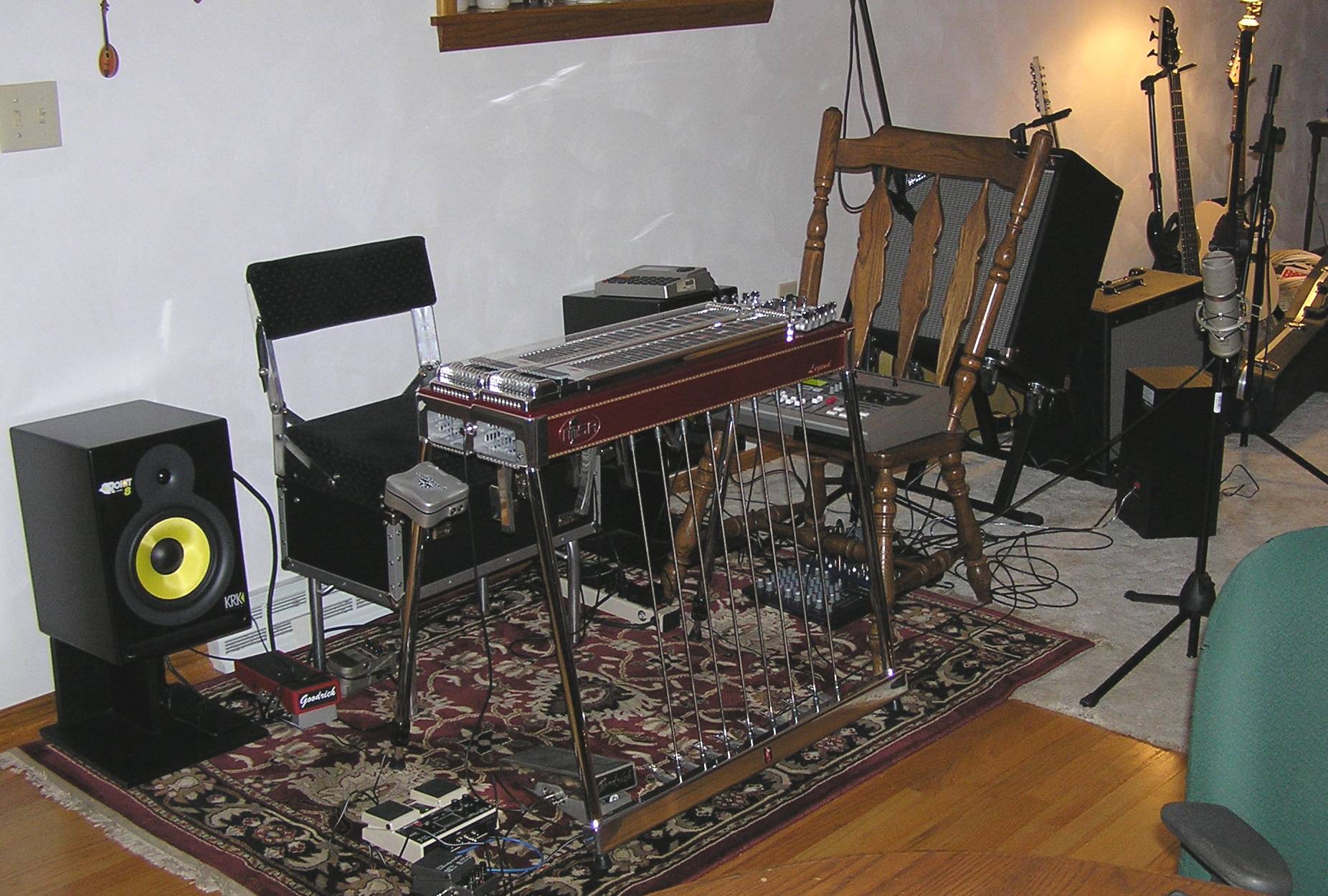
|
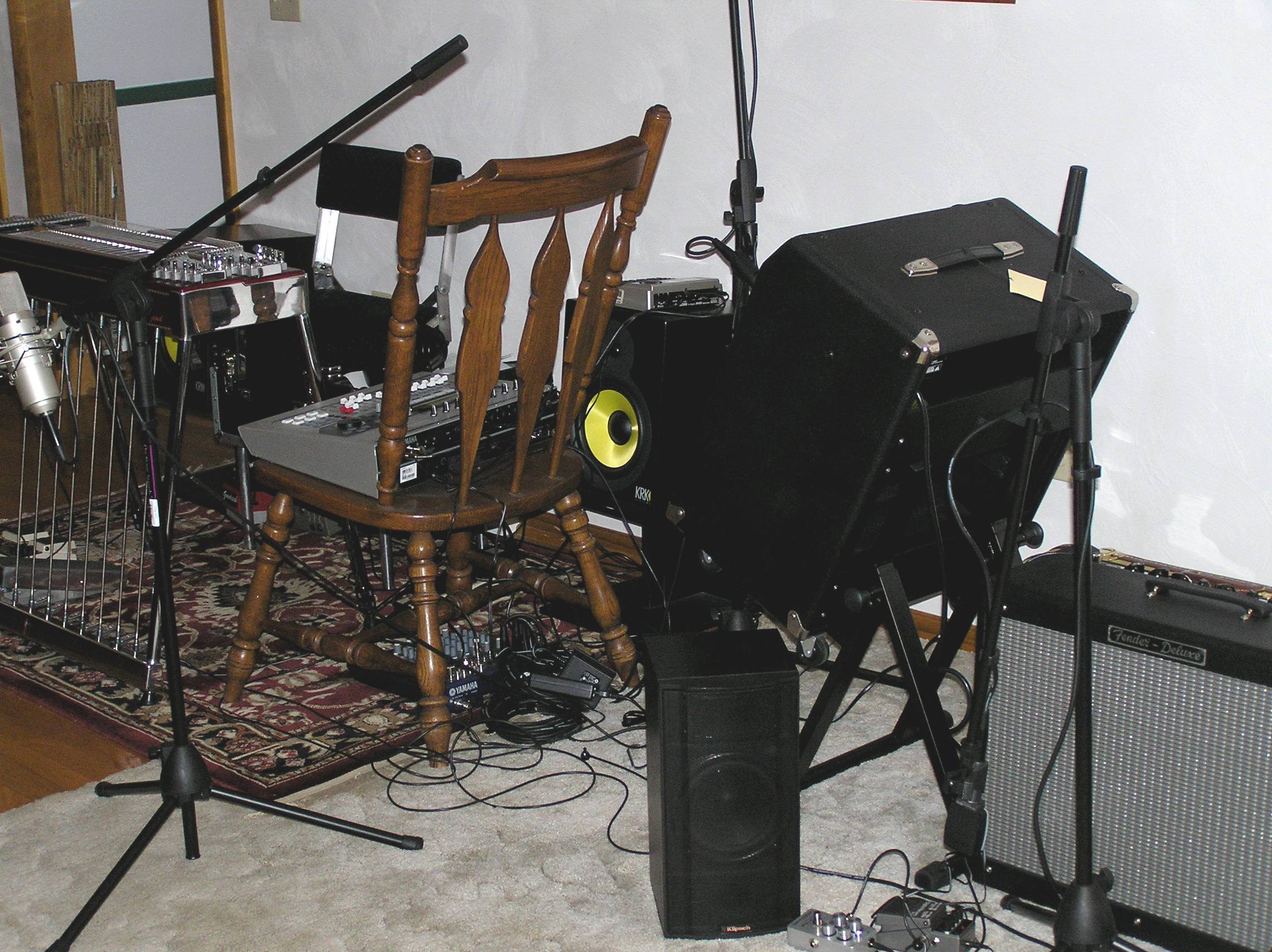 |
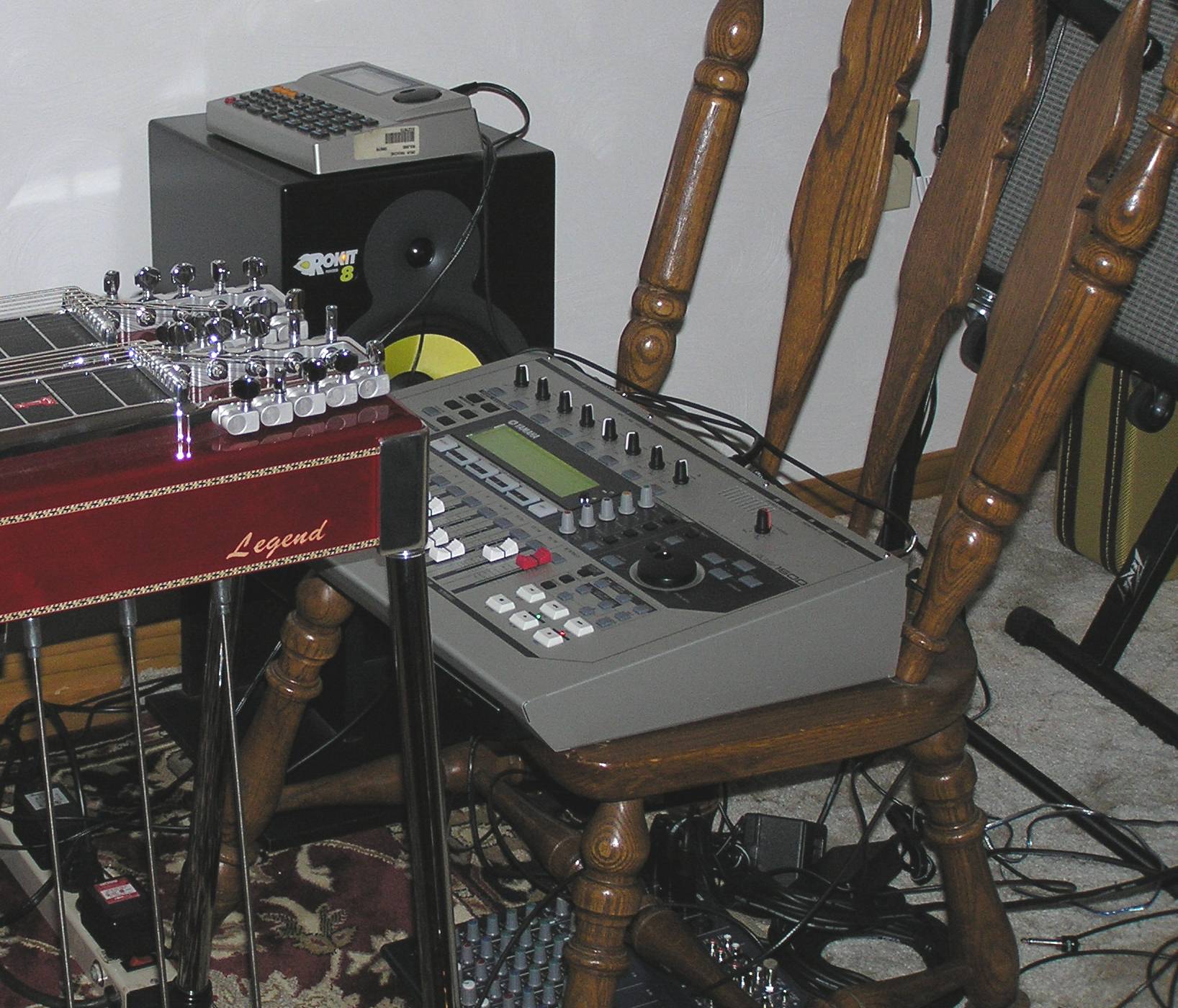 |
 |
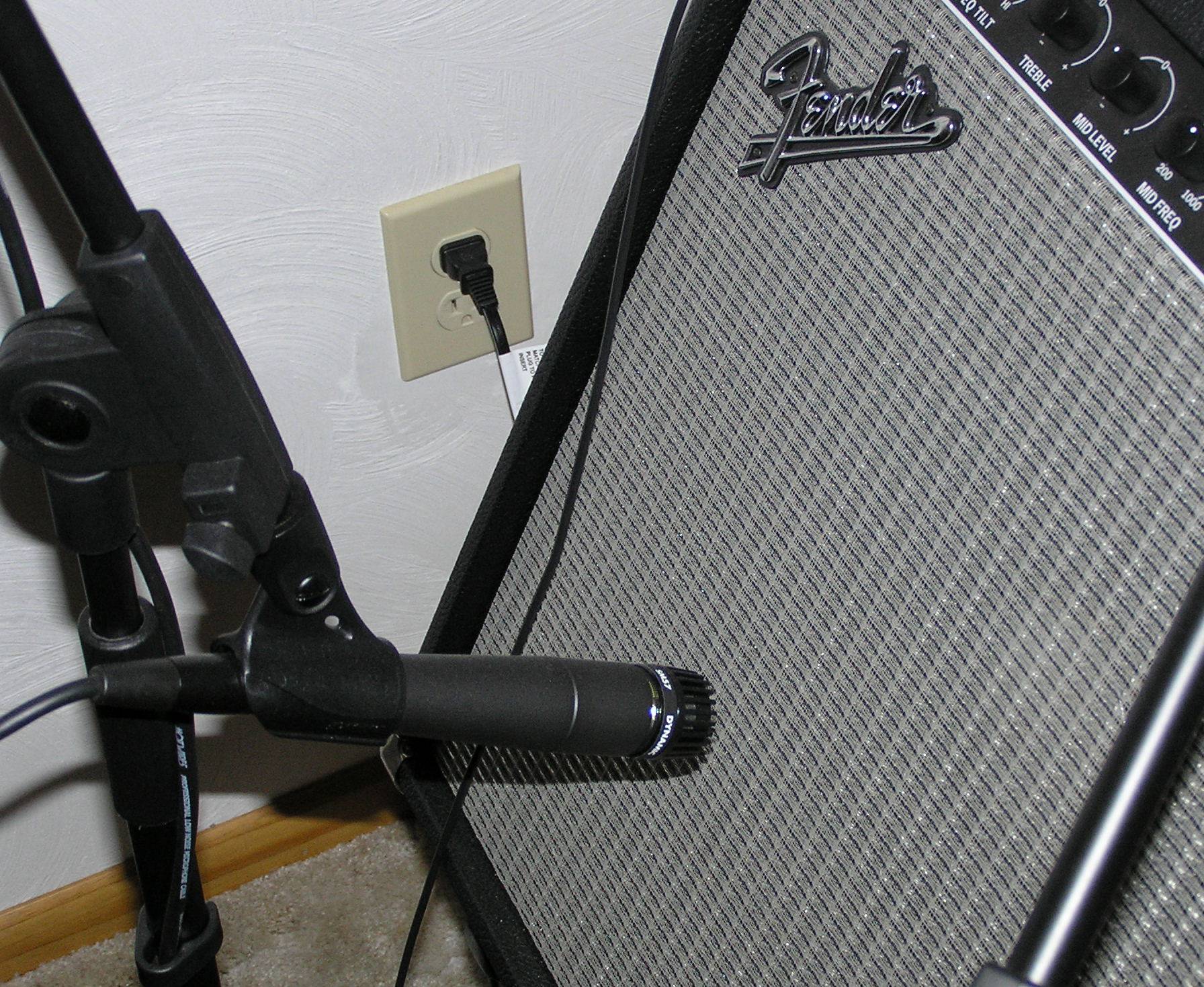 |
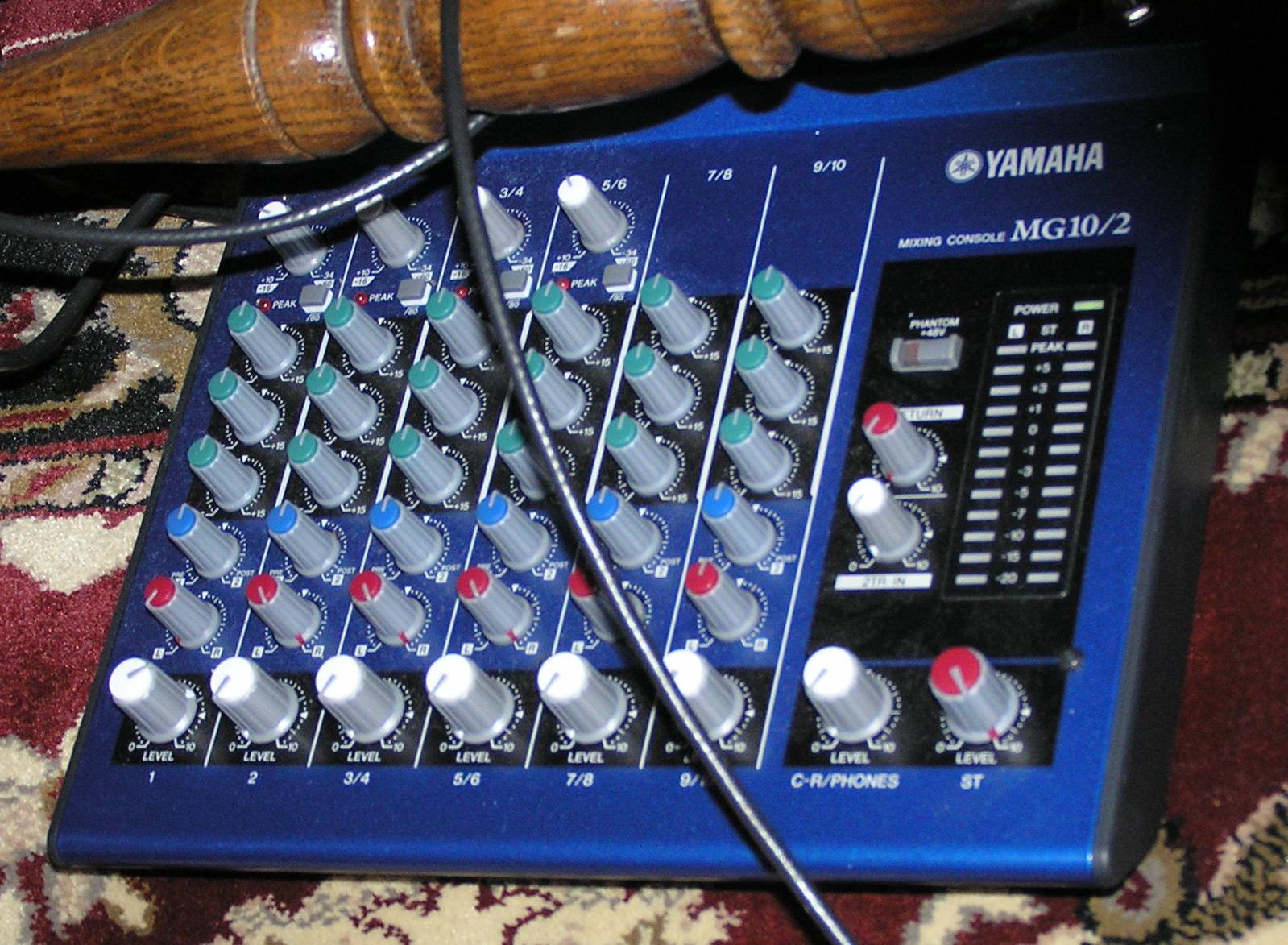 |
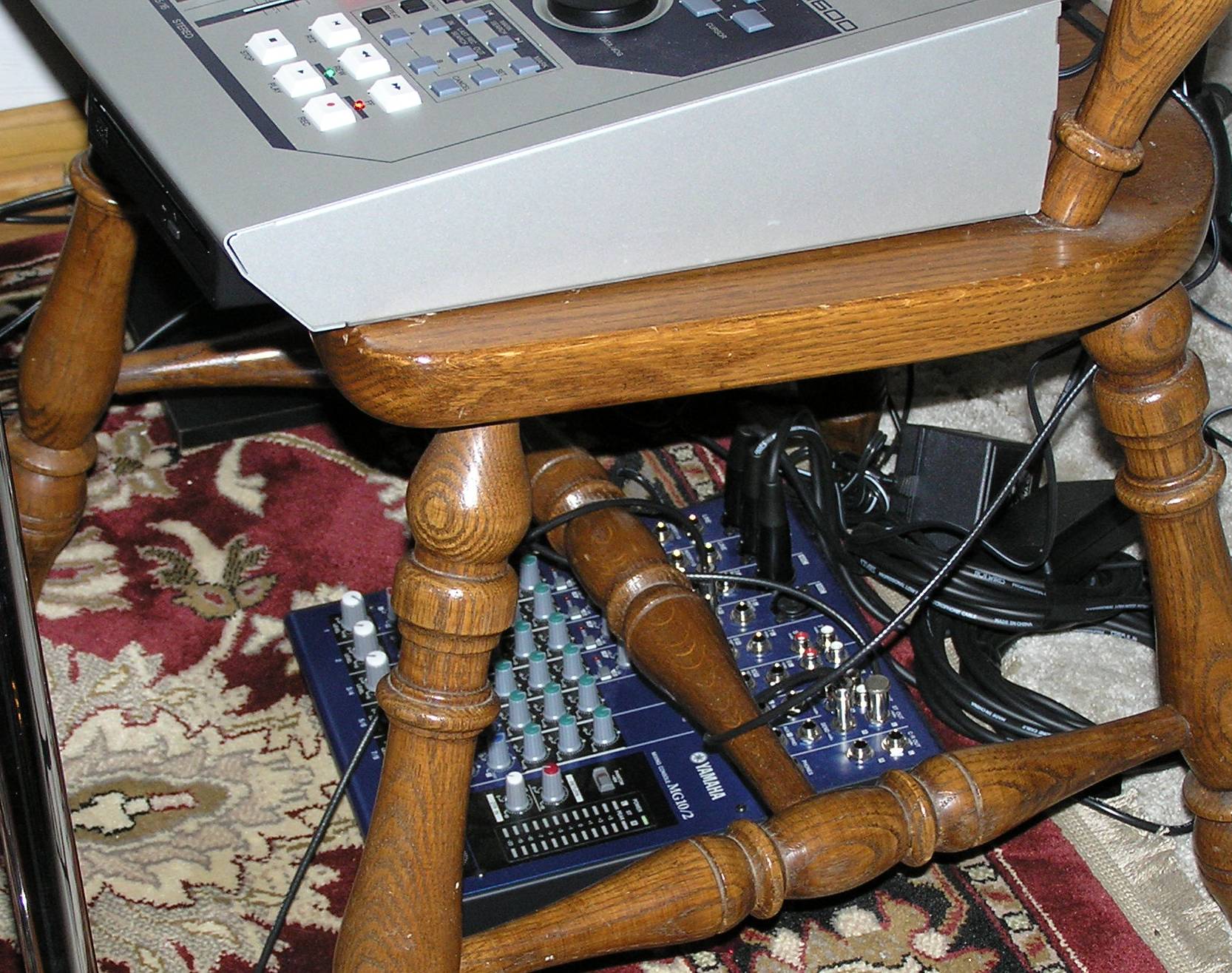 |
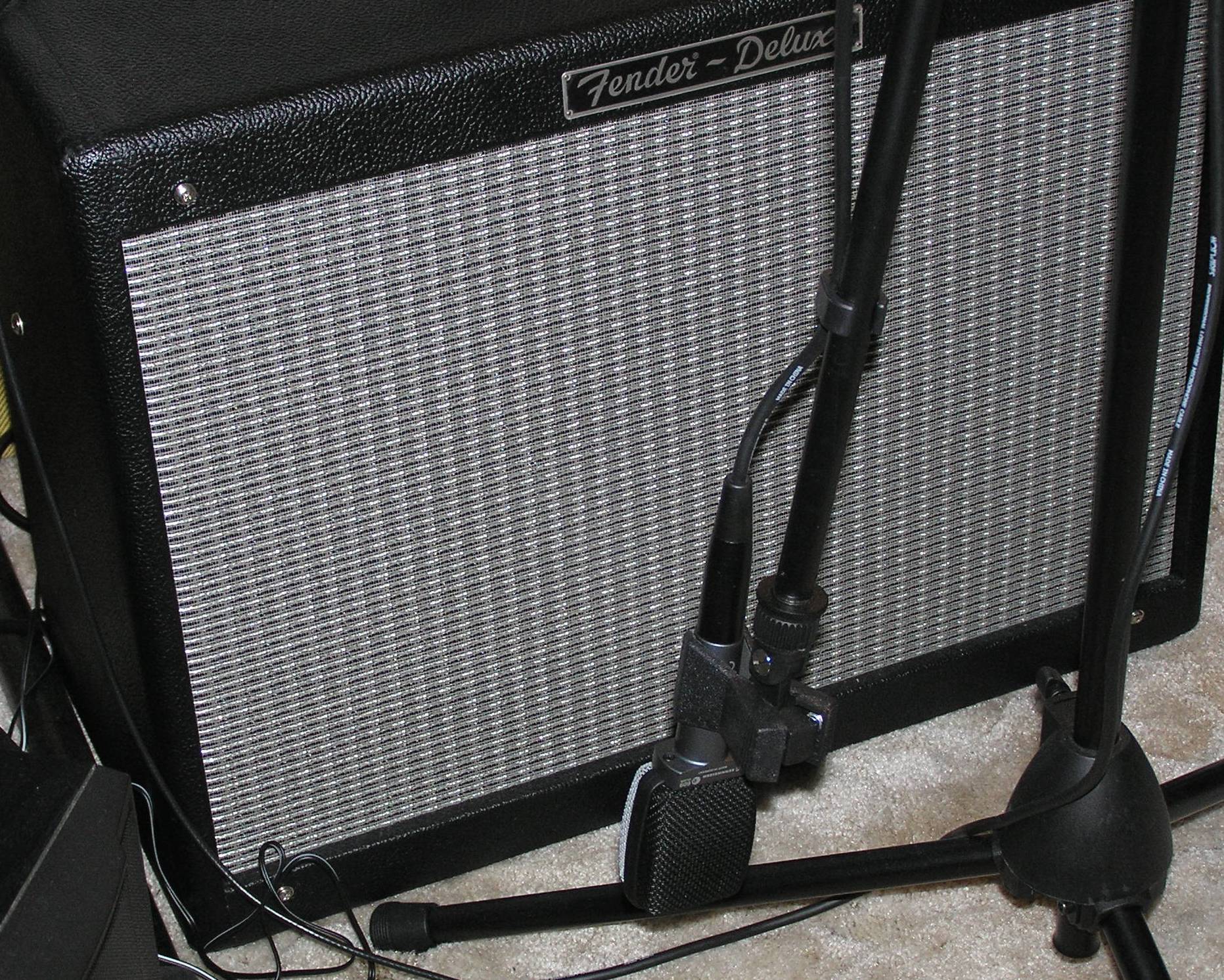 |
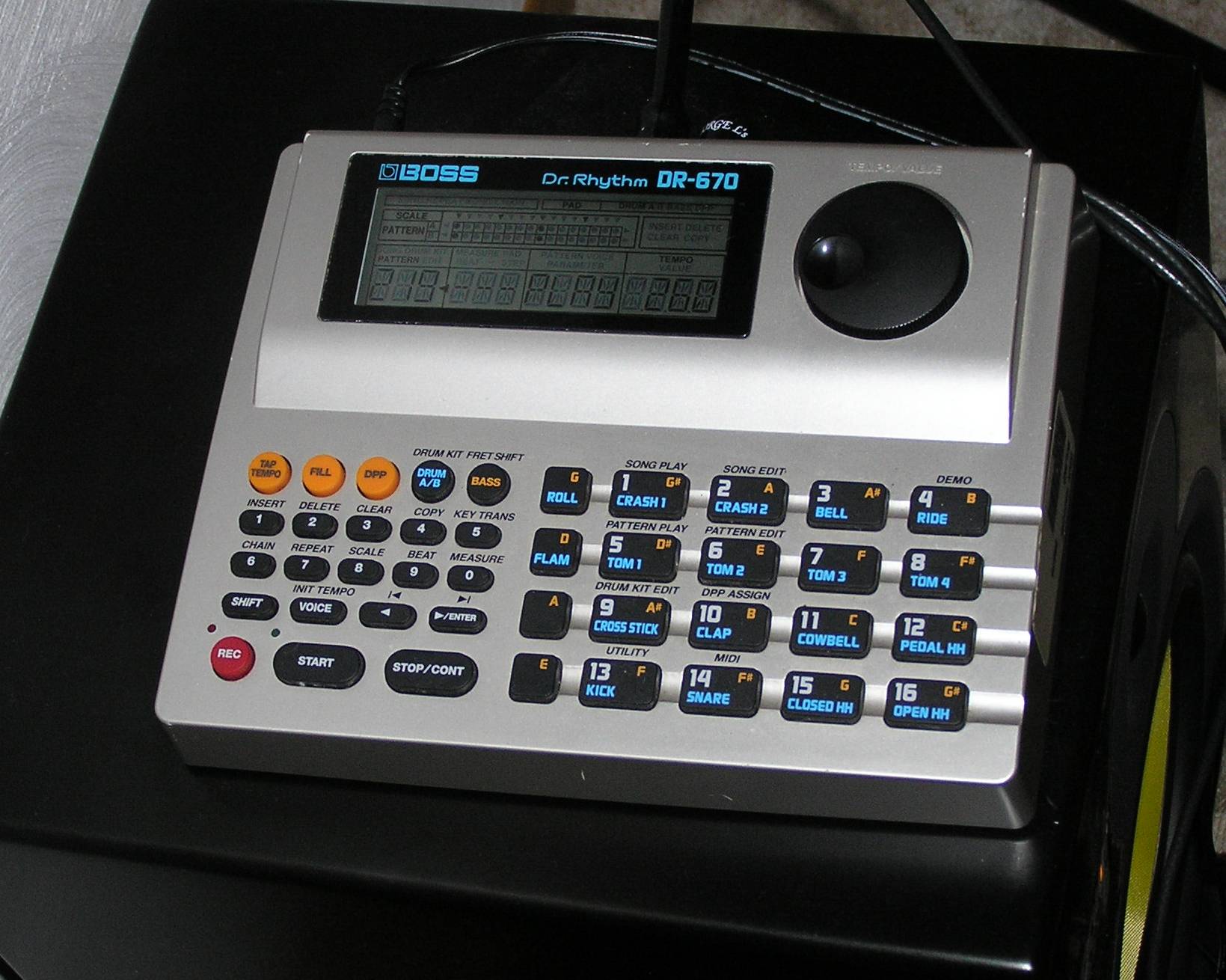 |
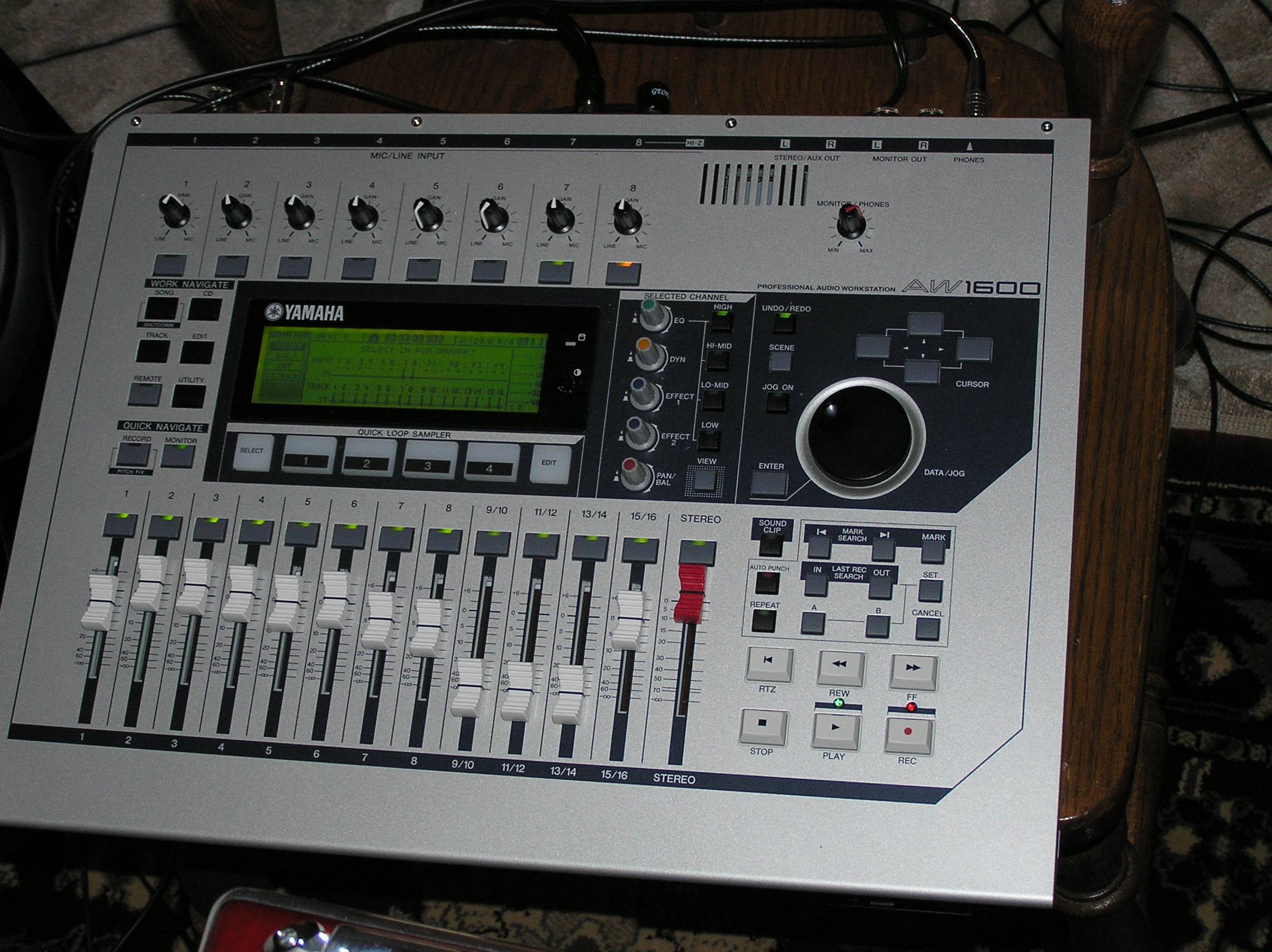 |
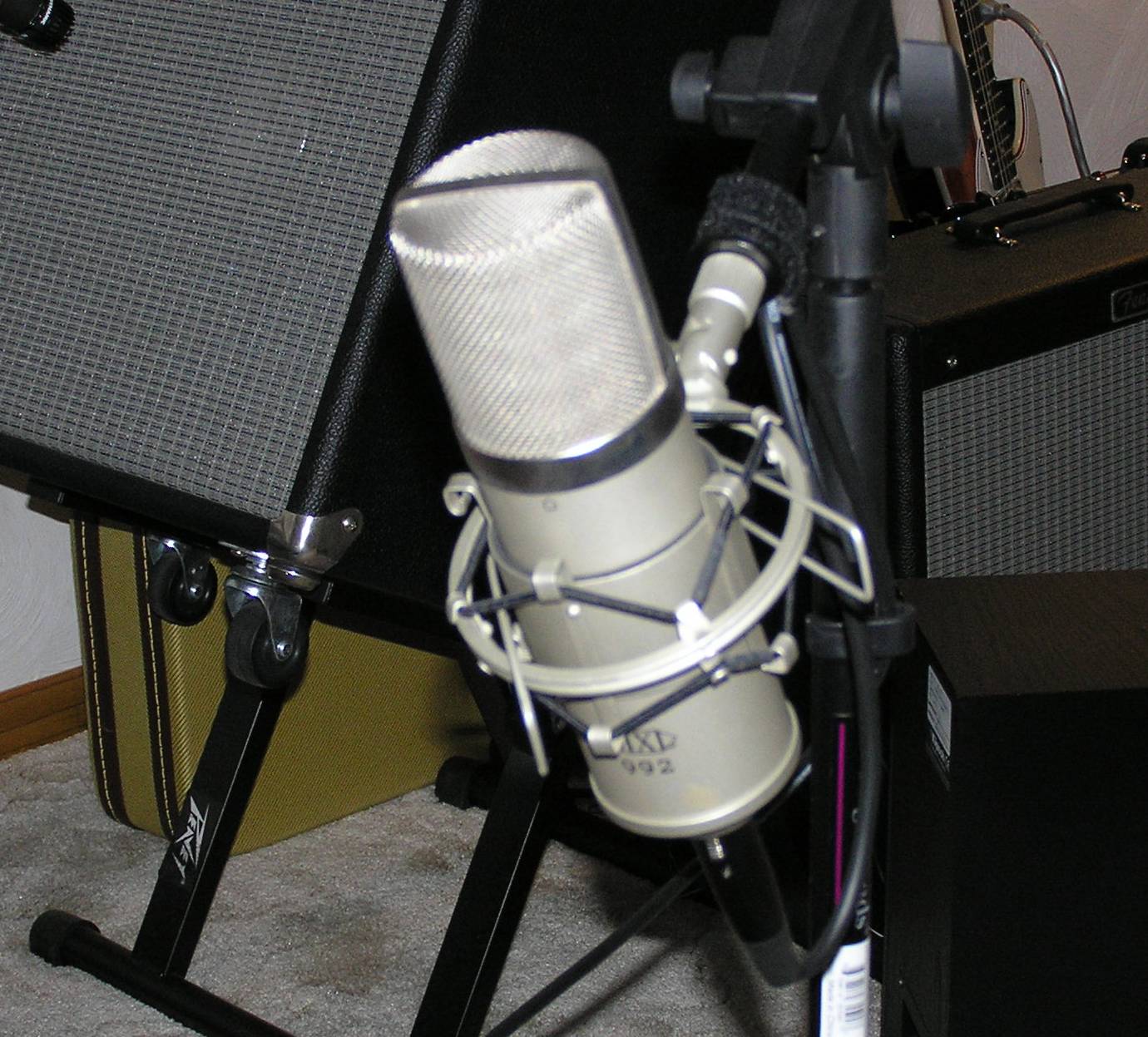 |
Equipment List:
Recording Process
I burn the stereo track to CD on the AW1600 as a .cda file, rip it to .wma on the PC using Windows Medai Player set to 192kbps which is exactly what ends up one my web site. I also back up all the .wav files by copying all the AW-1600 files in the selected song directory to the PC over the USB cable. I bought an extra hard drive for my PC so I can keep 2 copies of these files on the PC. This way I can occasionally reformat the AW-1600 when it gets full and I still have 2 backup copies in addition to the .cda burned CD which I save. I backup each song as soon as it's mastered in case the AW-1600 drive dies on me. That's too much work put into each song to risk losing it.
I left out a lot of details! Email me if you have any questions or just want to discuss the AW-1600.
Comments? email webmaster Greg ![]()
![]()